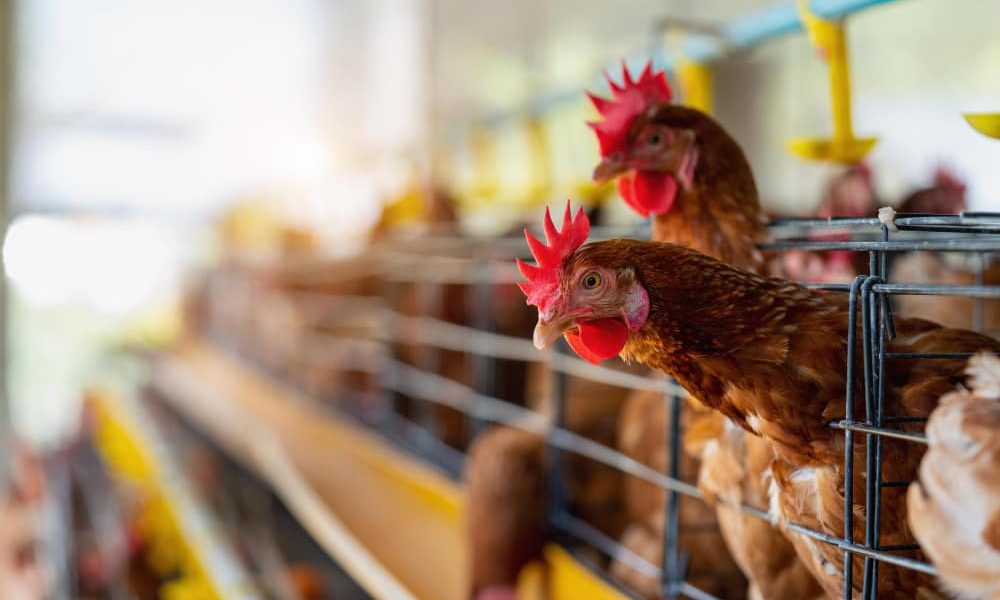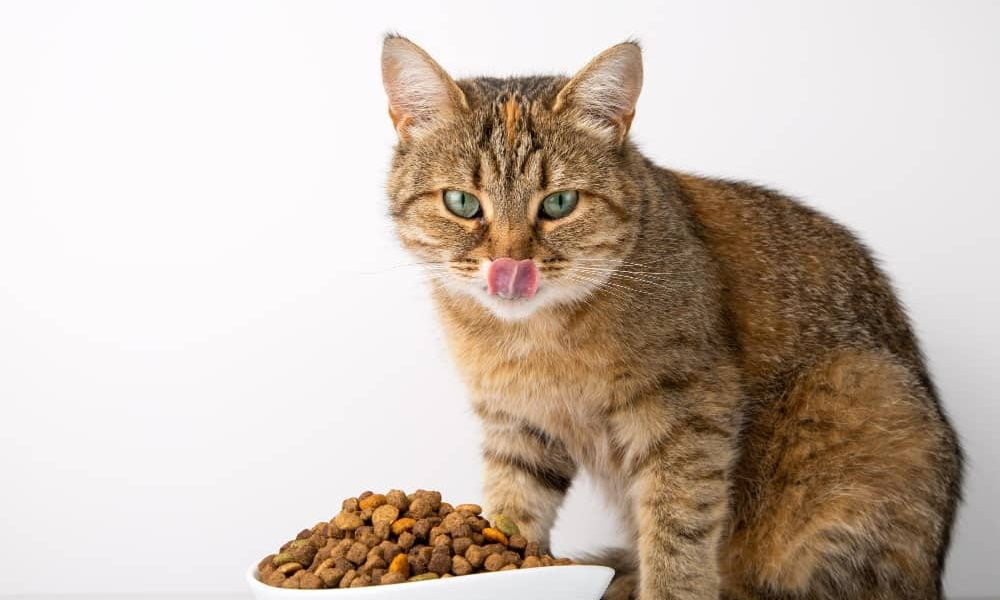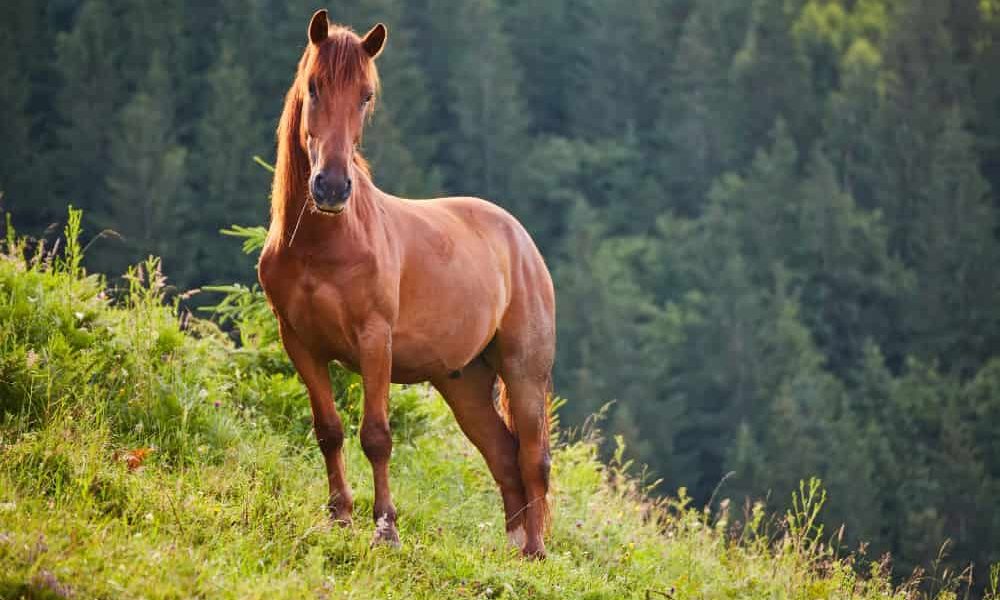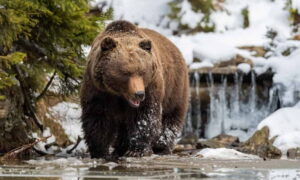
If you have always been interested in spirits and want to know how vodka is made, today we will guide you on a journey full of history and curiosities.
The vodka, one of the most popular and versatile alcoholic beverages in the world, It has a rich history and a fascinating production process. This distillate, famous for its clarity, smoothness and purity, is made from the fermentation and subsequent distillation of grains, potatoes or even molasses. In this article, we’ll explore how these humble ingredients are transformed into a sophisticated spirit.
Vodka, that spirit of Slavic origin, is appreciated worldwide for its versatility and smoothness. We are going to further explore its production process, from the base ingredients to the distillation and filtration techniques, as well as a guide to making it at home and some curiosities about this famous drink.
Origins and base materials
The history of vodka dates back to Russia and Poland in the 14th century. Your name, Derived from “voda”, it reflects its essential characteristic: purity.
Although traditionally made with grains such as wheat, rye or barley, in regions where grains were less accessible, such as in some parts of Eastern Europe, the potato became a popular raw material.
Molasses, a sticky sweet byproduct of sugar production, has also been used in modern times, especially in smaller-scale vodka production. Each of these ingredients provides its own characteristics unique to the flavor profile of vodka.
How to make vodka: all the steps of the original recipe
Fermentation process
Fermentation is the heart of the vodka making process. With grains, the process begins by grinding them and mixing them with hot water to activate enzymes that convert starch into fermentable sugars.
For potatoes, the process begins with cooking them, which breaks down the starch chains. To this mixture, now rich in sugars, yeast is added. Yeasts are microorganisms that play a crucial role, consuming sugars and producing alcohol and carbon dioxide. Fermentation can last from a few days to several weeks, depending on the temperature and type of yeast used.
Distillation: Purity and clarity
After fermentation, the fermented liquid goes through a distillation process to separate the alcohol from water and other impurities. Distillation takes advantage of the different boiling temperatures of alcohol and water. When heating the mixture, the alcohol first evaporates and is collected in a condenser, where it cools and becomes liquid again.
This process can be repeated several times (multiple distillation) to increase the purity and concentration of the alcohol. The result is a highly concentrated and clear ethyl alcohol.
Filtration: Refinement and smoothness
The next step is filtration, which is crucial to the characteristic smoothness of vodka.
Filtration through activated carbon is the most traditional and effective, eliminating impurities and residual flavors. Other methods include the use of special membranes or filtration through sand. This stage is vital to eliminate any unwanted flavors and ensure the smoothness of the drink.
Dilution and bottling
After distillation and filtration, the vodka is diluted with water to reach the desired alcohol content, usually around 40%.
It is then bottled, labeled and distributed. The quality of the water used in this step is crucial, as it significantly affects the final flavor of the product.
Innovations and varieties
Today’s vodka market is an area of innovation and diversity. Premium brands emphasize purity and multiple distillation, while flavored vodkas introduce a range of flavors, from citrus fruits to herbs and exotic spices.
Experimentation with different grain and potato bases has also led to the creation of vodkas with distinctive flavor profiles.
How to make vodka at home in 6 easy steps
- Choice of Base Ingredient: Decide whether you will use grains, potatoes, or molasses.
- Preparation and Fermentation: If you use grains, grind them and mix with hot water. For potatoes, cook until soft. Add yeast to the liquid and let it ferment.
- Distillation: Use a home still to distill the fermented liquid. Collect the alcohol vapor and condense it.
- Filtration: Filter the distillate through activated carbon to purify it.
- Dilution: Dilute the alcohol with distilled water until you reach the desired potency.
- Bottling and Storage: Bottle the vodka and store it in a cool, dark place.
Curiosities about vodka
- Medicinal Roots: Originally, vodka was used as a medicine in Eastern Europe.
- Variety of Uses: In addition to being a drink, vodka has been used in cleaning products and medicine.
- World record: The most expensive vodka in the world was sold for 1 million euros.
- Grassroots Diversity: In addition to grains and potatoes, vodka has been made from unusual elements such as grapes and even milk.
- Culture and tradition: In Russia and Poland, vodka is more than a drink; It is part of cultural identity and is used in celebrations and rituals.
A spirit of versatility and purity
The production of vodka is an art that combines tradition with science, resulting in a drink of notable purity and versatility.
From its humble origins in the countryside to its status as a staple in bars around the world, vodka remains a testament to distilling prowess and a favorite among spirits aficionados.
Whether pure, in cocktails or as a base for flavor infusion, Vodka continues to capture the imagination and taste of consumers globally.







